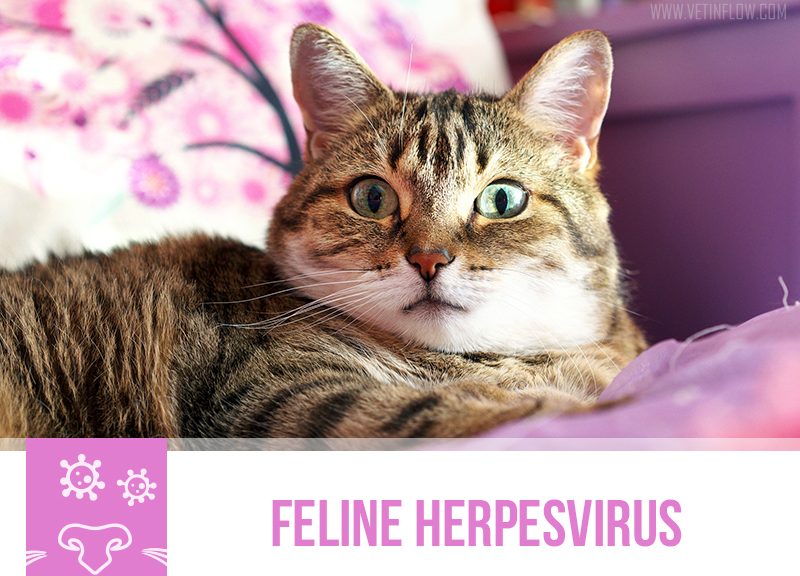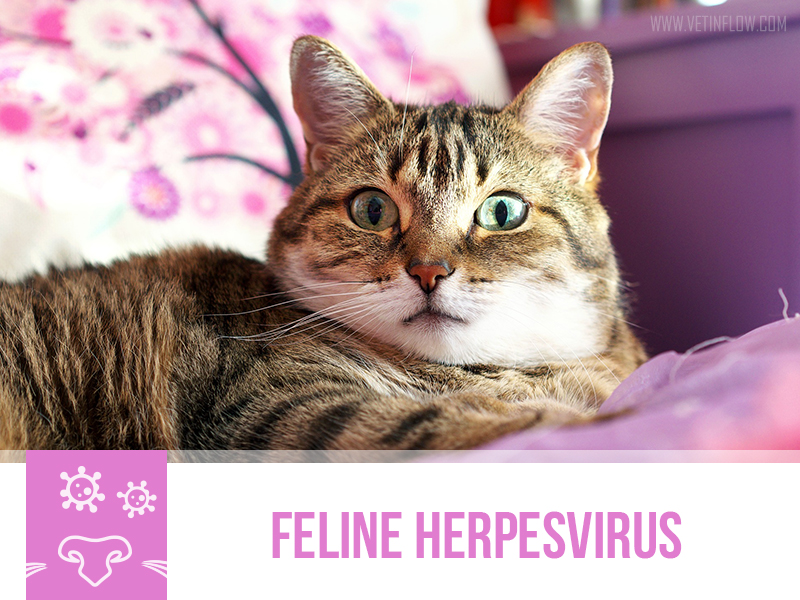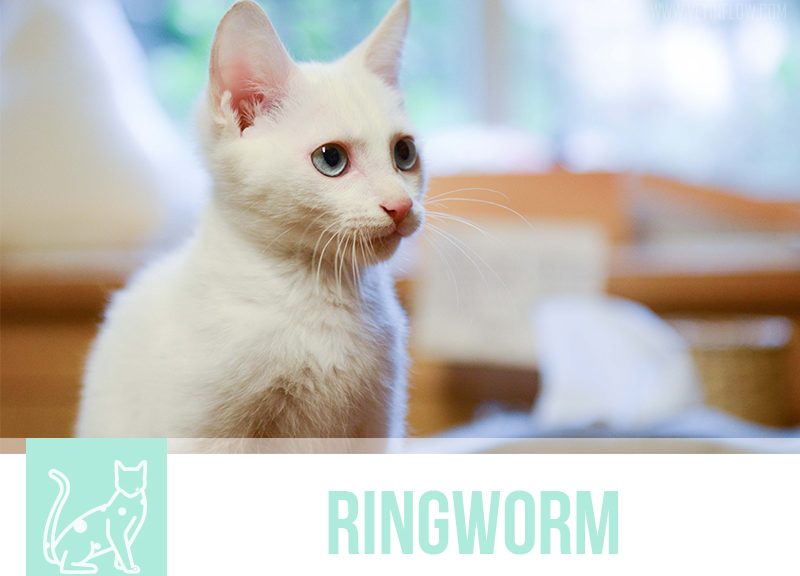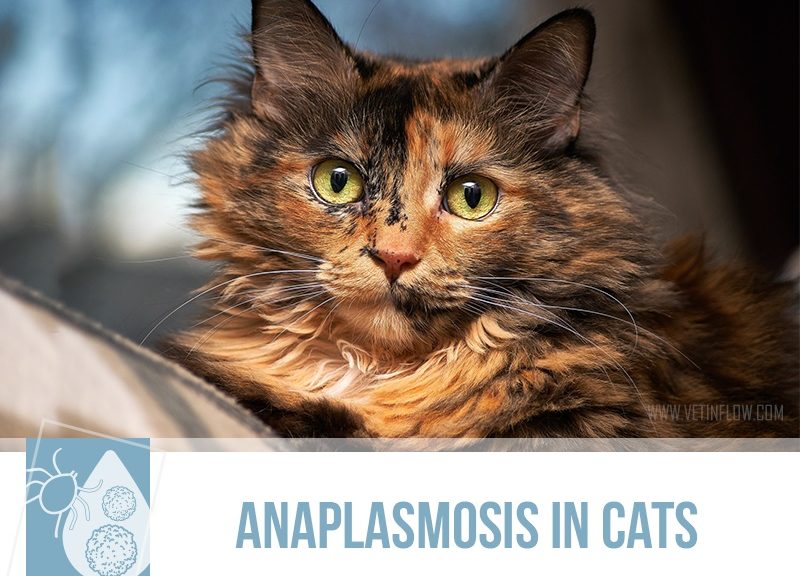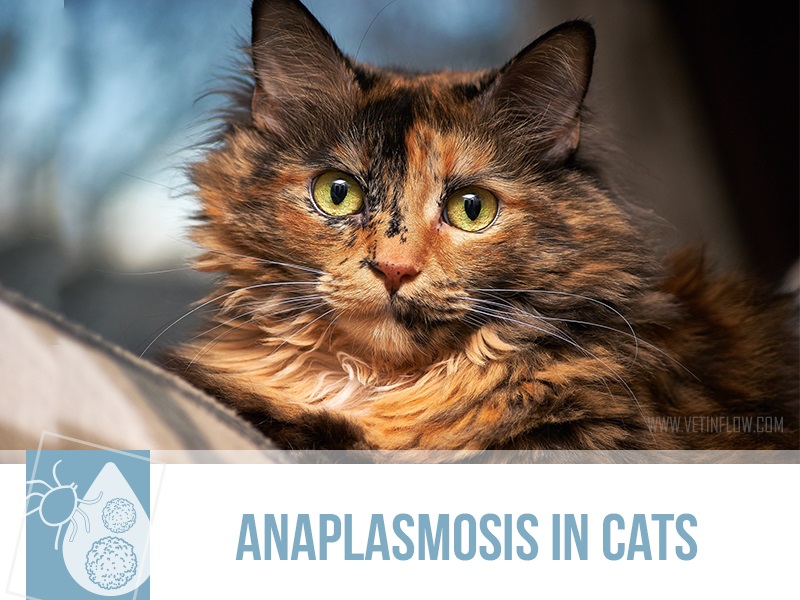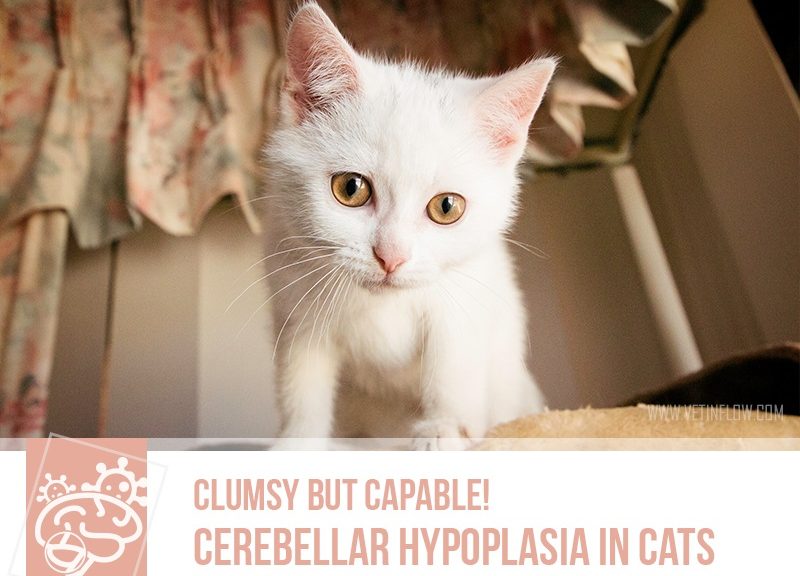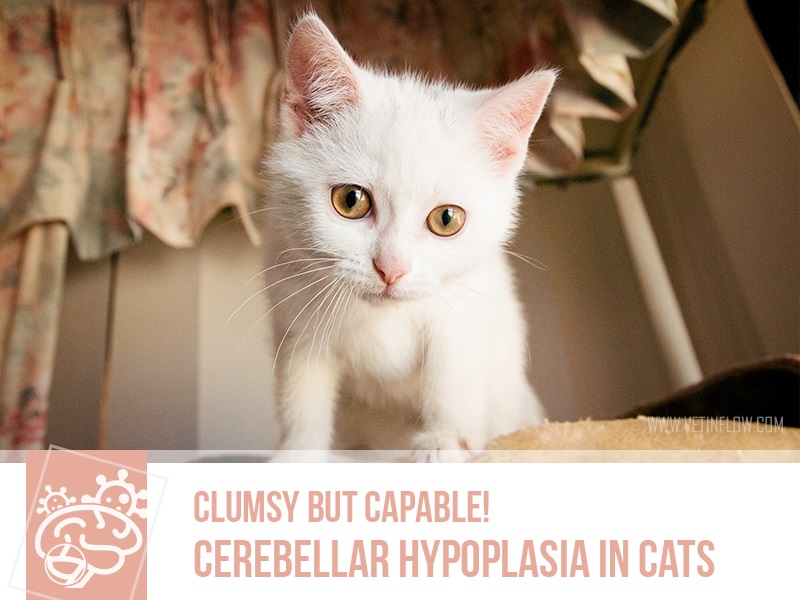Feline herpesvirus is an important viral infection in our cats that affects the respiratory system as well as the eyes and it might even be transmitted to unborn kittens. Alongside other virus, it’s a common cause of ‘Cat Flu’.
It’s an infection that is especially important in households with several cats like in shelters or catteries because of how easily it is transmitted through animals. Kittens are the most susceptible to herpesvirus infections but animals of all ages can be infected.
Signs of this infection include:
- Sneezing with purulent discharge;
- Ocular discharge and ulcers in the eye;
- Dermatitis around the nostrils;
- Fever;
- Abortion in pregnant cats;
It’s a common infection and as carriers have the disease latently, they are the ones responsible for perpetuating the virus. This means that infected cats tend to be infected for life, with periodic flare ups of clinical issues due to environmental stress or reduced immunity.
There is no direct therapy against the virus. When your cat is doing poorly because of ‘Cat Flu’, the best thing is to keep them well hydrated and with proper nutritional support, as well as treating any secondary infections that may arise and eye drops in case of conjunctivitis.
Feline Herpesvirus is part of the vaccination schemes for cats so don’t forget to keep your cat’s vaccination up to date!
Would you like to know more about cats? Check our Feline Courses:
Feline courses
